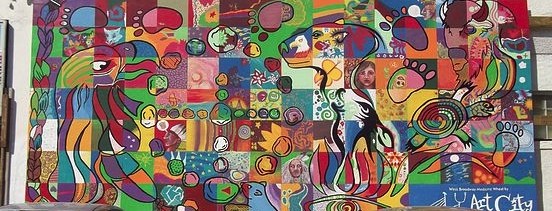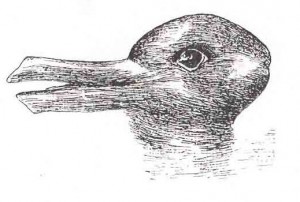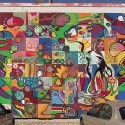Assignment 3:7 – These Conceptions, They Are A-Changing
“Write a blog that hyper-links your research on the characters in GGRW according to the pages assigned to you. Be sure to make use of Jane Flicks’ GGRW reading notes on your reading list.” (Paterson, Lesson 3.3)
From page 191 (229 in 2010 edition): “ Okay,” I says. “Let’s get started” …. To page 205 (244 in 2010 edition): “Latisha lay in bed with her eyes closed and listened to Elizabeth climb out of her crib” ….
Characters mentioned (bold indicates characters focused on in this post) in this literature-opsy are:
John Wayne Lionel Red Dog Coyote Dr. Hovaugh Babo Ishmael
Border Guard Robinson Crusoe Hawkeye Lone Ranger Thought Woman



